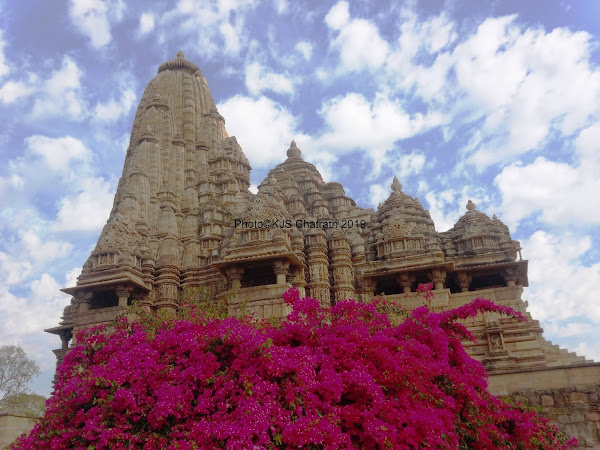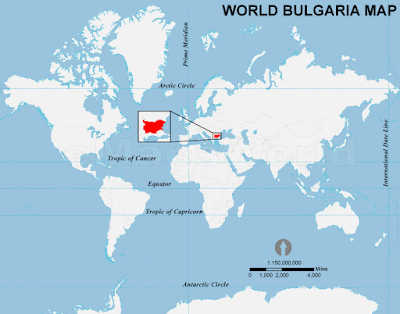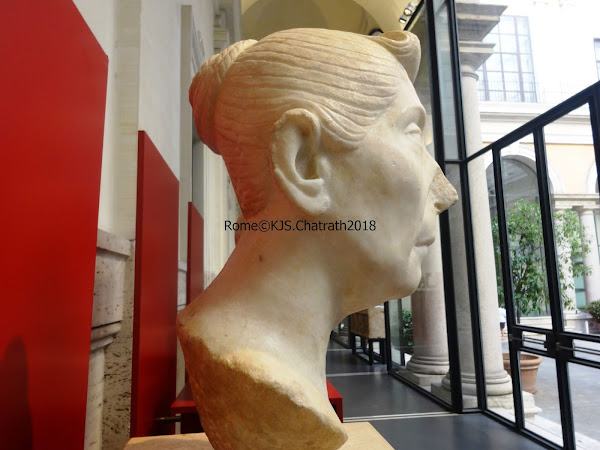The fortress cum palace was originally made from red and white sandstone way back in the 1550s. However, as and when different rulers ruled over the region, there were changes and betterment made to this palace over the next 150 years. This magnificent fort stands on a hillock overlooking Jaipur. Amber Palace is representative of a key phase (17th century) in the development of a common Rajput-Mughal court style, embodied in the buildings and gardens added to Amber by Mirza Raja Jai Singh-I. The palace is laid out on four levels, each with a courtyard. It consists of the Diwan-e-Aam, or "Hall of Public Audience", the Diwan-e-Khas, or "Hall of Private Audience", the Sheesh Mahal (mirror palace), or Jai Mandir, and the Sukh Niwas where a cool climate is artificially created by winds that blow over a water cascade within the palace. The palace was the residence of the Rajput Rajas. At the entrance to the palace near the fort's Ganesh Gate, there is a temple ded...






